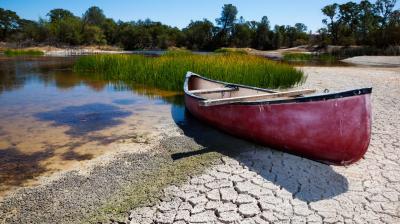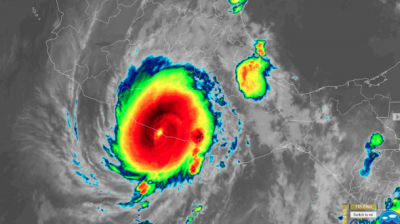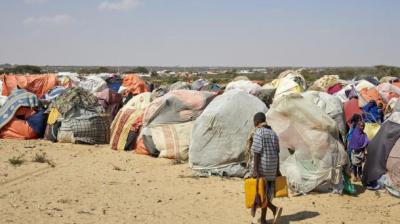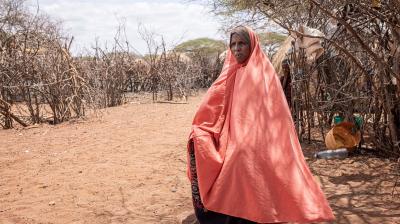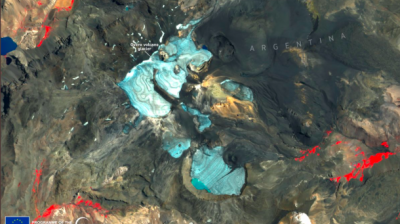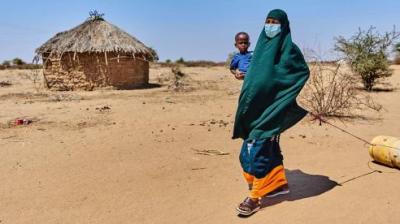Drought tightens grip in Eastern Africa
Eastern Africa is facing the very real prospect that the rains will fail for a fourth consecutive season, placing Ethiopia, Kenya, and Somalia into a drought of a length not experienced in the last 40 years. Humanitarian agencies have issued urgent appeals for support to prevent widespread famine.
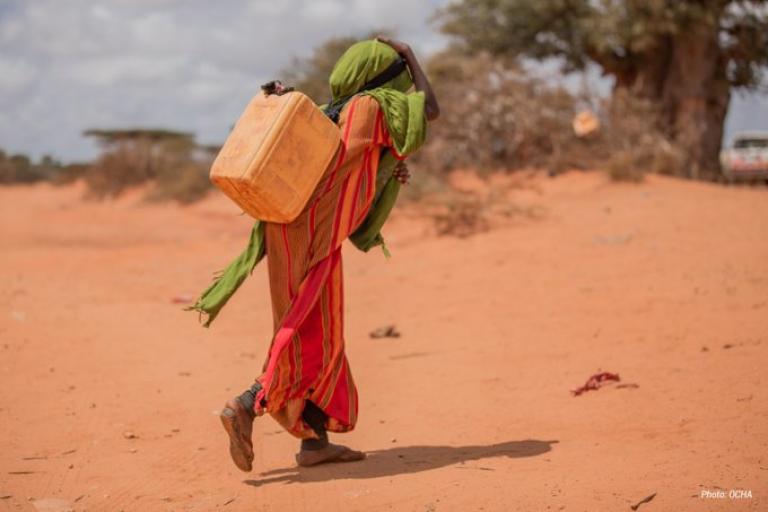
Eastern Africa is facing the very real prospect that the rains will fail for a fourth consecutive season, placing Ethiopia, Kenya, and Somalia into a drought of a length not experienced in the last 40 years. Humanitarian agencies have issued urgent appeals for support to prevent widespread famine.
Since the turn of the year experts from the hydrometeorological community have been in constant dialogue with their United Nations and humanitarian Agency colleagues to provide advice and support to anticipatory action and forward planning.
The latest assessment from the Intergovernmental Authority on Development's (IGAD’s) Climate Prediction and Applications Centre (ICPAC), indicates that the first month of the March to May (MAM) 2022 rainy season has been particularly dry. As a whole, the region also recorded higher temperatures and less than normal rainfall. ICPAC is a WMO regional climate centre.
"The MAM rains are crucial for the region and, sadly, we are looking at not just three, but potentially four consecutive failed seasons " said Dr Workneh Gebeyehu, IGAD's Executive Secretary. "This, coupled with other stress factors such as conflicts in both our region and Europe, the impact of COVID-19, and macro-economic challenges, has led to acute levels of food insecurity across the Greater Horn of Africa." The episode of droughts became very frequent in the Horn of Africa and the region was also affected by a devastating desert locust outbreak during the past two years.
The March to May, better known as the long rains, - is the main rainfall season, particularly in the equatorial parts of the region where it contributes up to 70% of the total annual rainfall.
The Food Security and Nutrition Working Group, co-chaired by IGAD and FAO, estimates that over 29 million people are facing high levels of food insecurity across the IGAD region.
"Already, 15.5 to 16 million of our sisters and brothers are in need of immediate food assistance, due to the drought. This is 6 to 6.5 million in Ethiopia, 3.5 million in Kenya, and 6 million in Somalia. In the southern-central part of Somalia, the situation is catastrophic, with 81,000 people at risk of famine " explained Dr Workneh Gebeyehu.
Dr Guleid Artan, ICPAC's Director, added that "the severe shortages in water and pasture are leading to smaller food production, significant losses in livestock and wildlife, and a rise in resource-based conflict in the region. On the outlook, our early warning systems and indicators show the situation worsening in the coming months".
The Food and Agriculture Organization, Office for the Coordination of Humanitarian Affairs, UN Children’s Fund and World Food Programme issued a joint statement warning that situation is especially dire in Somalia and calling for an immediate injection of funds to enable a scale up of life-saving assistance.
“Somalia is facing famine conditions as a perfect storm of poor rain, skyrocketing food prices and huge funding shortfalls leaves almost 40% of Somalis on the brink,” it said.
This follows the release of a new Integrated Food Security Phase Classification (IPC) report that found six million Somalis, or almost 40 per cent of the population, are now facing extreme levels of food insecurity, with pockets of famine conditions likely in six areas of the country. This is nearly a two-fold increase in the number of people facing extreme levels of acute food insecurity since the start of the year.


